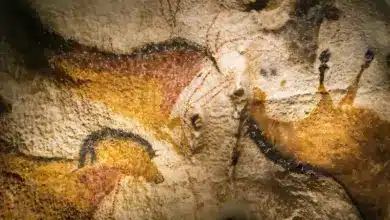TOP 10 ENDANGERED SPECIES NEWS

Giant Eagle May Have Preyed On People
The most recent research has confirmed what paleontologists have long suspected: The world’s largest eagle (now extinct) was a formidable predator and not just a scavenger. Scientists assume that Haast’s eagle, which dominated the skies over New Zealand until about 500 years ago, preyed on huge, flightless birds called moas that also went extinct before the arrival of Europeans.
The 10 species of ostrich-like moas, some of which grew to be 12 feet (3.7 meters) tall and weigh 500 pounds (230 kilos) were hunted to extinction by the native Maori peoples. As their main predator, Hasst’s eagle, which weighed up to 18 kilos (40 pounds) soon followed them into oblivion. Previous research indicates that Haast’s eagle evolved fairly rapidly (over the course of 2 million years) into the world’s largest eagle from a population of much smaller ancestors that colonized the islands.
The largest American bald eagles attain weights of around 15 pounds, while the heaviest living eagle species, the Stellar sea eagle (Haliaeetus pelagirus) of the Bering Sea region reaches a weight of about 20 pounds—half that of the Haast’s. Maori legends tell of a giant eagle that sometimes killed small humans, and a team of researchers from New Zealand and Australia say the stories may have been true.
Ken Ashwell of Australia’s University of New South Wales and Paul Scofield of the Canterbury Museum in New Zealand conducted their research by CAT-scanning the skulls and other fossilized remains of Haast’s eagles. They concluded that the bird was built for killing rather than for scavenging. Their results were recently published in the Journal of Vertebrate Paleontology.
Ecologically speaking, New Zealand before the arrival of the first Polynesians (the Maoris) 700 or more years ago was a different world than it is today. There were no mammals except for seals, whales and dolphins, and the predominant land vertebrates were a host of bird species, the largest of which were the moas. New Zealand’s terrestrial environments are now largely dominated by species introduced by Europeans.

